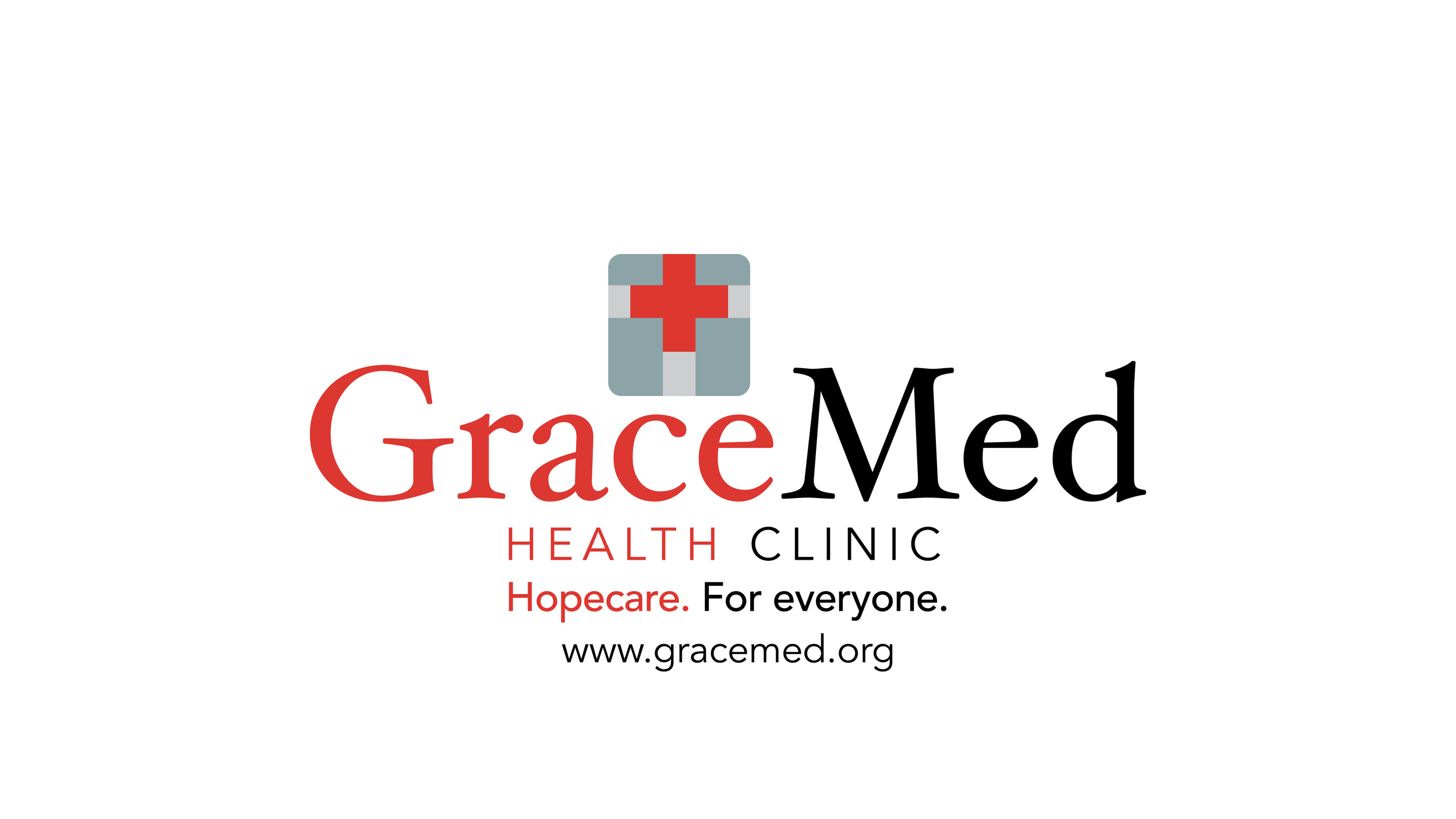


A ministry born in a classroom
The story of GraceMed is rooted in compassion, the capacity of a community to transform its future by caring for the most vulnerable in its midst. In 1977, a public health crisis loomed as growing numbers of Hispanic women began showing up in area emergency rooms to deliver their babies. The expectant mothers were getting little or no pre-natal care because of language and economic barriers.
Two women in the community, Tomasa Gonzalez and Rachel Rubalcava, identified the need for medical services to these women and approached the Reverend Chuck Chipman of St. Paul’s United Methodist Church. Reverend Chipman made space available in his church to open what was originally known as the “Mi Casa Su Casa Clinica” in the summer of that year.
Early on, the clinic relied on volunteers and contributions from a variety of both Catholic and Protestant churches as well as community organizations. Oncologist Dr. Francisco Gonzalez and his wife, Mary, a nurse, were recruited as the first volunteer providers, seeing patients once a month. The former St. Francis and St. Joseph hospitals as well as Wesley Medical Center supported the clinic with laboratory and personnel services.
Other volunteers soon followed as the clinic took on another community health risk, children who were not getting their vaccinations. More than 100 children were immunized in the first six months of operation with the vital assistance of the Sedgwick County Health Department which supplied vaccines and vaccination forms.

Education and GraceMed:
The origins of a traditional link
Reverend Chipman assembled an advisory board initially composed of Wesley Minister Donna Copper, Urban Ministries Director, Leonard Cowan and Barbara Upp who was an intern at St. Paul Methodist at the time. As the clinic began to serve more children and families, the church around it became more involved in an ongoing relationship with nearby Park Elementary, providing religious studies classes to the increasingly Spanish-speaking students there. No one knew it at the time, but a connection between Wichita schools and the clinic that would become GraceMed had begun. By the conclusion of the clinic’s first year, the same third-floor home of Mi Casa Su Casa would also become the site of a church school for Spanish-speaking students. Health education for the community at large was also an early priority at the clinic with volunteers holding a number of workshops to address various health and hygiene issues.
Wichita State University, and later, Kansas Newman University played a role in supporting the clinic with students from their physician assistant programs. In 1980, Dr. Gonzalez and his wife moved away, leaving Dr. Marc Vinzant as the primary care provider. Founders Tomasa Gonzalez and Rachel Rubalcava also retired in that year, turning the reigns of leadership over to Martha Sanchez who was the director of the United Methodist Hispanic Ministries at the time. Martha played a critical role in expanding the clinic’s fundraising efforts as well as its medical record keeping systems.

Growing pains and opportunities
A slow but steady transition from volunteers to paid staff was initiated in the 1980s. One of the earliest hires was Mitzi Rivera, a nurse who was instrumental in expanding outreach programs, including nutrition and pre-natal classes. Volunteer providers continued to provide medical care, many of whom were physicians from Wesley Family Practice. Their sessions expanded first to bi-monthly, then weekly.
As the patient load grew at what had now come to be known as the Hispanic Clinic, the still church-based facilities and lack of proper equipment became a more pressing issue. For a time, the church location became a kind of triage for patients who were then transported to Wesley’s Family Practice clinic at the Medical Center. Fortunately, space became available in the building where the United Methodist Urban Ministries was located on N. Mosley in Wichita.
The move to this new home heralded a new era of growth for the clinic which, for a time, took on the name of its primary provider, Dr. Piburn who had come to Wichita from the mission field in Africa. The demographics of the patients served became more diverse, although Spanish-speaking patients continued to be served in great numbers.


